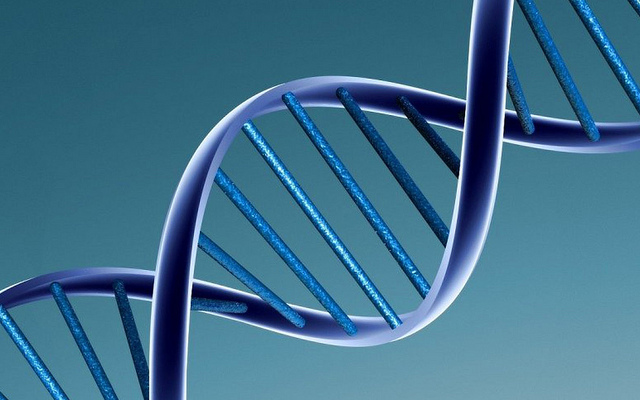With Embryo Base Editing, China Gets Another Crispr First
By Megan Molteni,
Wired
| 08. 21. 2018
Scientists in the US may be out in front developing the next generation of Crispr-based genetic tools, but it’s China that’s pushing those techniques toward human therapies the fastest. Chinese researchers were the first to Crispr monkeys, and non-viable embryos, and to stick Crispr’d cells into a real live human. And now, a team of scientists in China have used a cutting-edge Crispr technique, known as base editing, to repair a disease-causing mutation in viable human embryos.
Published last week in the journal Molecular Therapy, and reported first by Stat, the study represents significant progress over previous attempts to remodel the DNA of human embryos. That’s in part because the editing worked so well, and in part because that editing took place in embryos created by a standard in-vitro fertilization technique.
So-called “germline editing,” the contentious technology that can permanently change the code in every cell in the human body, has been gaining acceptance in the last few years as research has pushed forward, illuminating the possibilities of Crispr. Immediately following those first...
Related Articles
By Jonathan Matthews, GMWatch | 12.11.2025
In our first article in this series, we investigated the dark PR tactics that have accompanied Colossal Bioscience’s de-extinction disinformation campaign, in which transgenic cloned grey wolves have been showcased to the world as resurrected dire wolves – a...
By Jenny Lange, BioNews | 12.01.2025
A UK toddler with a rare genetic condition was the first person to receive a new gene therapy that appears to halt disease progression.
Oliver, now three years old, has Hunter syndrome, an inherited genetic disorder that leads to physical...
By Simar Bajaj, The New York Times | 11.27.2025
A common cold was enough to kill Cora Oakley.
Born in Morristown, N.J., with virtually no immune system, Cora was diagnosed with severe combined immunodeficiency, a rare genetic condition that leaves the body without key white blood cells.
It’s better...
By Rachel Hall, The Guardian | 11.30.2025
Couples are needlessly going through IVF because male infertility is under-researched, with the NHS too often failing to diagnose treatable causes, leading experts have said.
Poor understanding among GPs and a lack of specialists and NHS testing means male infertility...




